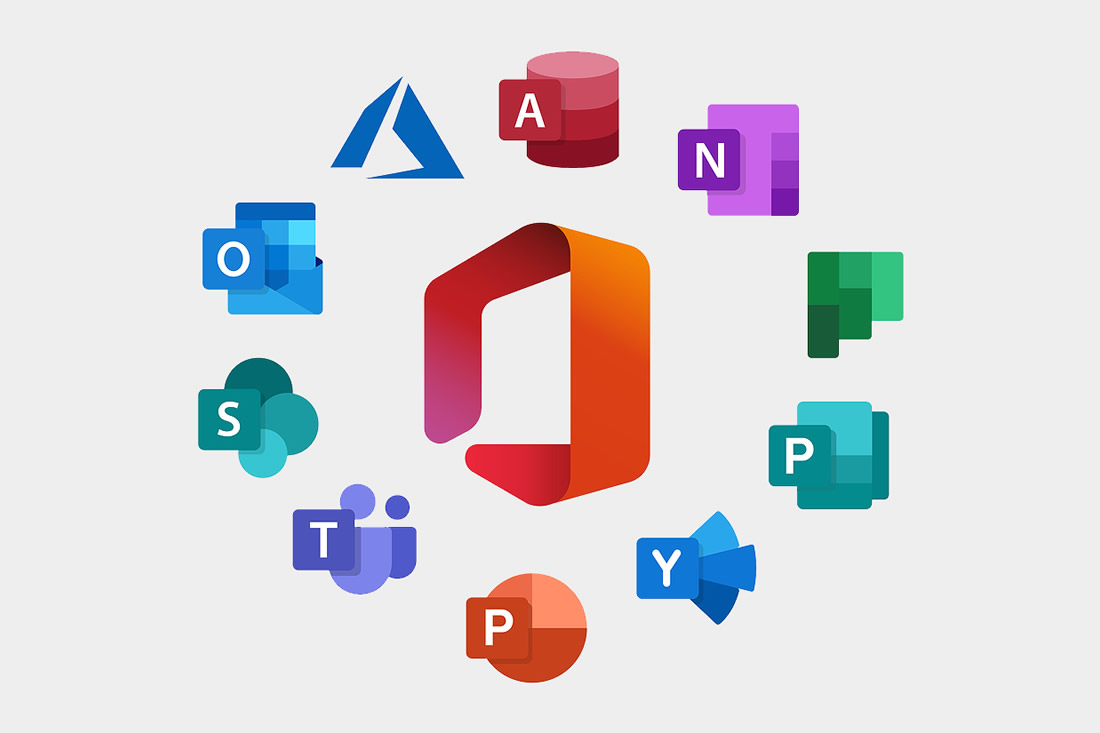4 Ways to Use Challenge Gifts to Cure Capital Campaign Woes

I challenge you…!
When you read those three words didn’t you want to know what the challenge was? And weren’t you already wondering just a bit if you could win that challenge?
We humans are wired to respond to challenge. And when constructed well, challenges are motivating and exciting and engaging — which, of course, is why it’s a good idea for you to incorporate challenges into your capital campaign.
In this post, you’ll learn four ways to use the challenge gift approach to solve common campaign problems. And as a bonus, you’ll get a window into what is perhaps the most important aspect of the challenge gift strategy — the motivation it provides for the donor who makes the challenge gift.
4 Challenge Gift Strategies to Boost Your Capital Campaign
Challenge gift strategies are some of the most powerful and under discussed aspects of capital campaigns. So join me on this exploration of four ways to make the most of this fantastic tool.
1. Use Challenge Gifts to Pump Up the Campaign Energy
Did you start strong with a couple of big gifts? But then gradually, the momentum waned as some of the donors you had hoped would come in early put off making their decisions. And after one or two follow up calls, you felt awkward about nagging.
You can feel the energy seeping away. Committee members are starting to get discouraged and staff members are losing heart. Your campaign feels like a long, unbroken slog!
I’m afraid that this slog is all too common during the long quiet phase of your campaign. If that’s where your campaign is, you might think about asking a donor to create a challenge gift to create an internal deadline and spark some new excitement.
The 3 Components of a Challenge Gift
A challenge gift usually has at least these three components:
- the amount of the challenge gift
- the amount that must be raised to meet the challenge
- a date by which the challenge must be complete
A challenge is made by donor who spells out — often with your help — the terms of the challenge.
A donor might, for example, offer a challenge of $250,000 if other donors contribute $500,000 toward the campaign between the current date and the end of the calendar year.
Or, as was the case with a recent client, a donor might decide to set up the challenge so that only gifts from new donors to the organization would count toward the challenge.
Special Challenge Gifts
Sometimes, a donor will decide to create a special challenge to inspire board members to make their gifts by a specific date. A board member might say, for example, that she will give an additional $100,000 if the collective board giving has reached $1,000,000 by a certain date.
Special challenge gifts like that help end the campaign slog. They create structure and excitement. They give those slow-deciding donors a reason to make a decision by a certain date. And they give you an opportunity to communicate interim progress in a way that’s exciting and energizing.
Don’t be limited by having only one challenge in a campaign. If you have donors who are of a “hero” mindset (more on that later in this post), you can work with them to create two or even three challenges during your campaign.
2. Use a Challenge to Motivate Board Members Who Can’t (or Won’t) Commit
I’m not sure why, but in just about every group, there are one or two people who just don’t seem to be able to step up when they should. In fact, they are sometimes the biggest talkers. But when it comes to follow through… crickets. You know the type.
I’ve seldom worked with a board that doesn’t have a couple of folks like that. You probably know just who those people are on your board. And you may get knot in your stomach when you realize that you’ve got to figure out a way to put them in touch with their better selves.
Well, a special board challenge might just the thing. If one of your laggard board members has resources and you think they really do plan to give, you might even ask that person to make a challenge to the rest of the board. For example:
Larry, you know we’re in the middle of soliciting the board members for their gifts and you’re thinking about your own gift. I’m wondering if you’d consider using your gift to challenge to the board. Would you consider giving $xx,xxx to the campaign if every board member makes their campaign commitment by [date]?
If Larry says yes, you will have his commitment and a wonderful way of going to every board member who hasn’t yet given by a certain date.
You can, of course, structure the challenge using specific dollars rather than participation.
3. Use a Challenge to Make Deferred Gifts Count NOW
One of my favorite types of challenge gifts is a bequest challenge. That’s a special type of challenge in which a donor puts up a sum of money and says that some specific amount of his challenge will go to the campaign or the annual fund every time a donor has let you know that your organization is in that donor’s estate plan.
The specific terms of the challenge can vary, but the idea is that the donor makes current money available to your organization every time a donor indicates that they have made a gift that will come to the organization through their estate.
For example, a donor might put up $25,000 for a bequest challenge and indicate that $1,000 will be released to the organization every time someone submits a signed statement that they have put the organization in their estate plan. The numbers, of course, might vary depending on the challenge donor’s intentions.
In the example above, the organization would receive the full $25,000 once 25 people have indicated their intentions to make a bequest. That results in short term funding and long-term gain through planned gifts.
4. Use Challenge Gifts to Motivate Donors to be Heroes
The lynch pin of challenge gifts is the person who will make the challenge gift. Many people are motivated by being able to make an even bigger difference. And when it comes to giving, donors can use their gifts strategically to motivate others to do more.
For some donors, looking for a “return on their investment,” challenge gifts multiply the impact of their philanthropy. Their money not only helps achieve the goals of the campaign, but used strategically to challenge others, the impact of their money is multiplied many times over.
Other donors enjoy playing the role of a hero and helping the organization get to a goal. They like setting the challenge, seeing the progress and celebrating the success. They are campaign heroes.
If you wish to establish a challenge of one sort or another, you should begin the process by developing a plan for the challenge that you think would help your campaign succeed. Then, meet with some of your largest donors to find out if they’d be interested in being the challenge donor.
While a donor will sometimes come to you wanting to set a gift up as a challenge, more often, the development staff is responsible for seeding the idea with donors.
Final Thoughts: Layer Challenge Gifts into Your Campaign Strategically
Challenge gifts are an underused capital campaign strategy. You should plan to layer them strategically into your campaign plans to help breathe life and energy into the aspects of your campaign that are in the doldrums.
- You might structure a challenge to break up the long quiet phase of your campaign by providing some interim goals and deadlines.
- You might set up a challenge to get all of your board members fired up and willing to make their commitments by a specific date.
- And you might even use a challenge to inspire donors to include your organization in their estate plans by pairing that action with a current gift to the campaign.
Rather than planning them all in advance, you can work with donors to set up challenges as you need them during the campaign. It’s a wonderful tool to dust off when you need something to refresh the energy of your campaign and solve a few inevitable campaign problems.
Do you have a strategic and creative challenge in mind for your campaign? If so, tell us about it in the comments below. We’d love to share your good ideas far and wide!



Great suggestions. Somewhat like sub-campaigns within a larger campaign. Love the idea of integrating planned/estate gifts with operating revenue! Thanks Amy!